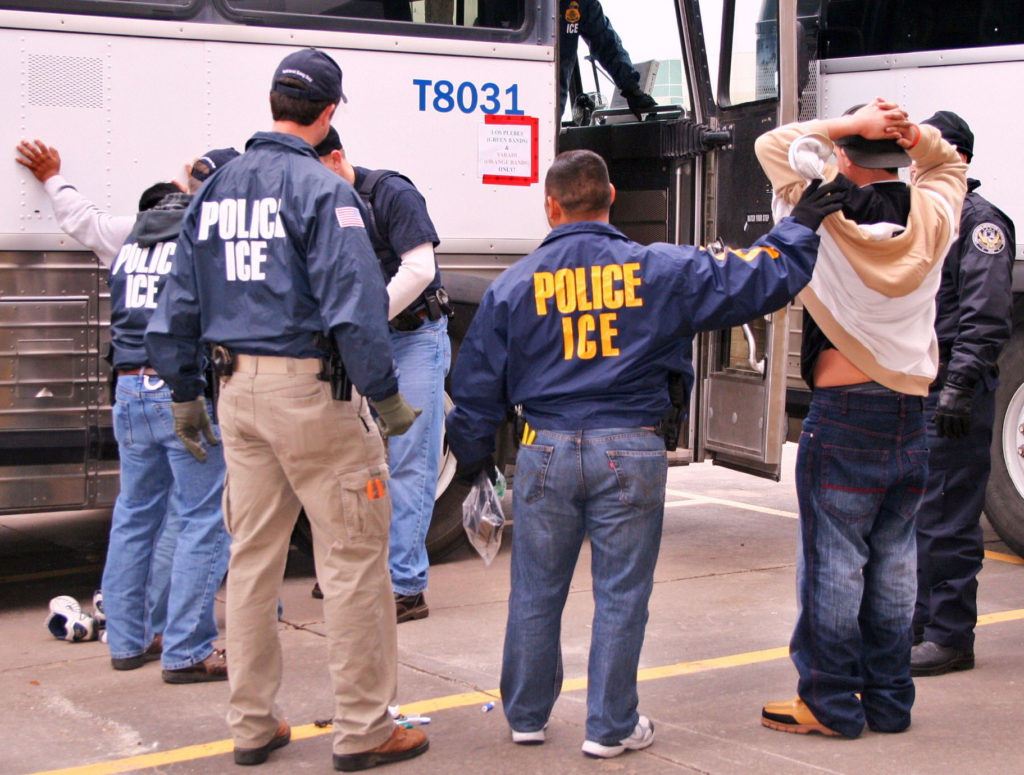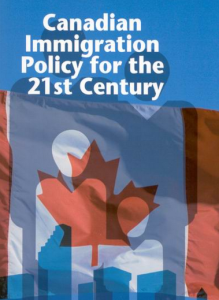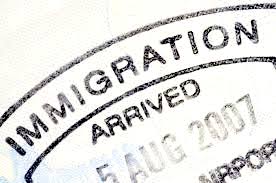The Hillary Clinton vs. Donald Trump election is at its peak. The candidates have been in hot water every now and then over controversial statements regarding their opinions. However, one of their most important stances is the one on immigration. With the final showdown not too far off, it is more important than ever to know who stands for what and how much the two candidates differ on one of the most serious issues.
While Donald Trump has called for a ban on immigrants who seek asylum from terrorism in their homelands, Hillary’s plan differs substantially.
Trump’s plans of building a wall along the Mexican border and calling Mexicans rapists and murderers has been a central point of his campaign. Trump says U.S. immigration rules should focus entirely on American citizens only. Keeping their safety as the only priority. His three core ideas for the immigration reform are:
- Building a wall across the U.S.-Mexico border.
- Increasing enforcement of immigration laws.
- Focusing on American workers.
Clinton, on the other hand, has presented herself as an advocate for comprehensive immigration legislation. She stresses the importance and pledge to keep immigrant families together. One of her most important initiations includes creating opportunities for undocumented laborers a chance to “come out of the shadows”.
On the matter of immigration legislation, Hillary Clinton supports new immigration legislation that would create the opportunities and address the hindrances such as the time restrictions on undocumented immigrants. Clinton argues that this policy weighs heavy on the families in which members having dissimilar legal status are told to leave the United States before returning legally.
Clinton encourages immigrants to become naturalized citizens by making it easier for people to become U.S. nationals. She aims to do this by increasing fee waivers for the estimated 9 million people eligible for citizenship, as there are many people are only being held back due to lack of funds. Her plan further includes the growth of education’s outreach. This will help potential citizens in communication while their process takes place. She vows to reduce education, language, and economic barriers. And one of the basic steps for this would be to teach immigrants English.
Clinton has kept the same stance on immigration for quite a while now. On speaking about the immigrant situation in 2014 she said, “As a senator, I was proud to sponsor the national DREAM Act and to vote for it. I am a strong supporter of comprehensive immigration reform and I believe that we have to fix our broken immigration system. We have to keep families together. We have to treat everyone with dignity and compassion, uphold the rule of law, and respect our heritage as a nation of immigrants striving to build a better life”.
Her position on immigration policies and the future of immigrants living in the United States represents a far better image of the future of millions than that of Donald Trump. But with Clinton’s past of being involved in donation conspiracies, voters face a serious doubt over what her intentions may be. What could be the outcome now?


 The new immigration policy of the 1920s, the Great Depression, and World War II caused there to be a dramatic decrease in immigration to Canada and the United States. After World War II, legislation allowed refugees and displaced persons from the war to immigrate to the United States and Canada. Both countries’ ideologies began to shift more towards egalitarian ideas such as welfare state and multiculturalism which implemented more tolerance towards people of different races and lead the charge against racial discrimination.[1] During the 1960s, the Civil Rights Movement lead to an increasing interest group for racial acceptance which fostered the new immigration policies implemented by the United States and Canada. (Talk about Great Society coalition of Jews, Catholics and Liberals as described in Mills) It was with these policies in which Canada decided to take a different route than that of the United States’.
The new immigration policy of the 1920s, the Great Depression, and World War II caused there to be a dramatic decrease in immigration to Canada and the United States. After World War II, legislation allowed refugees and displaced persons from the war to immigrate to the United States and Canada. Both countries’ ideologies began to shift more towards egalitarian ideas such as welfare state and multiculturalism which implemented more tolerance towards people of different races and lead the charge against racial discrimination.[1] During the 1960s, the Civil Rights Movement lead to an increasing interest group for racial acceptance which fostered the new immigration policies implemented by the United States and Canada. (Talk about Great Society coalition of Jews, Catholics and Liberals as described in Mills) It was with these policies in which Canada decided to take a different route than that of the United States’. Stuart Anderson said, “The surest way to change the law in America is not by lobbying Congress but by convincing enough of the public the laws must be changed.” When talking about the immigration debate in politics, there seems to be many political pressures felt by policy makers to make the immigration policies we see today. Political pressures that cause policy, however, are different for every country because of geographical location, wealth, and beliefs and values. For example, in 1924, the United States Congress was forced to establish the U.S. Border Patrol to catch illegal Hispanic immigrants who were trying to run across the border to the United States. This is an example of the United States’ geographic location causing policy change. Canada does not have an illegal immigration problem because it only boarders the United States, so they do not need to put a lot of political resources in containing illegal immigration.
Stuart Anderson said, “The surest way to change the law in America is not by lobbying Congress but by convincing enough of the public the laws must be changed.” When talking about the immigration debate in politics, there seems to be many political pressures felt by policy makers to make the immigration policies we see today. Political pressures that cause policy, however, are different for every country because of geographical location, wealth, and beliefs and values. For example, in 1924, the United States Congress was forced to establish the U.S. Border Patrol to catch illegal Hispanic immigrants who were trying to run across the border to the United States. This is an example of the United States’ geographic location causing policy change. Canada does not have an illegal immigration problem because it only boarders the United States, so they do not need to put a lot of political resources in containing illegal immigration.